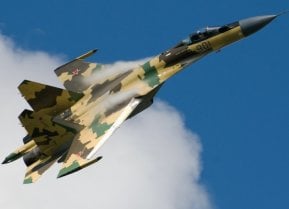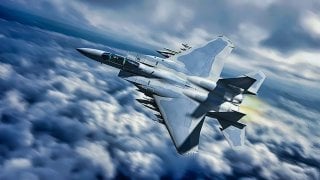F-15 EX Eagle II Is One Dynamite Fighter (But There Is One Unfixable Problem)
Despite its rising cost, which has now exceeded that of the F-35, the F-15EX is seen as a crucial platform for maintaining air superiority, with its advanced systems and open mission architecture ensuring long-term relevance.
Summary and Key Points: The F-15EX Eagle II, having completed its key test and evaluation phase, is now being transitioned to by United States Air Force pilots. The Oregon Air National Guard's 142nd Wing will be the first to receive 18 of these advanced fighters.
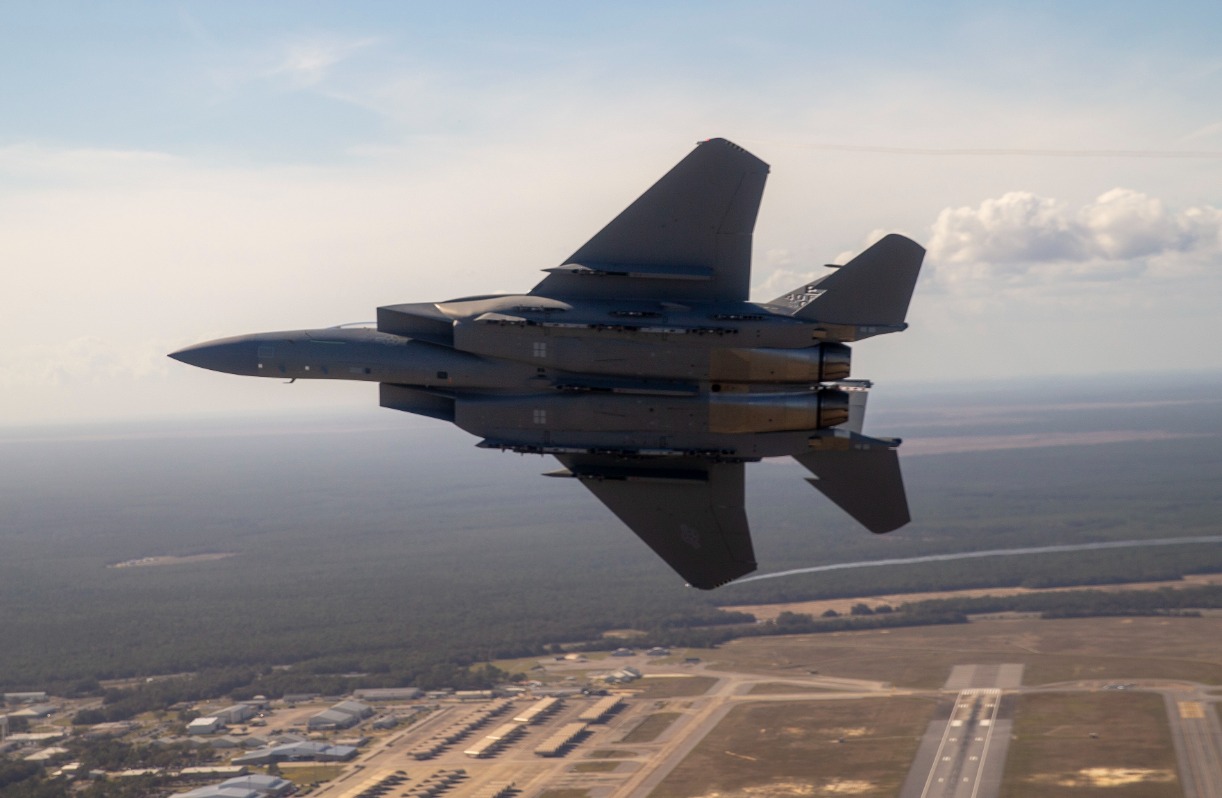
-The F-15EX features significant improvements over the F-15C, including more powerful engines, enhanced radar, and avionics, and fly-by-wire flight controls.
-Despite its rising cost, which has now exceeded that of the F-35, the F-15EX is seen as a crucial platform for maintaining air superiority, with its advanced systems and open mission architecture ensuring long-term relevance.
F-15EX Eagle II: New Features and Increased Costs in Focus
The F-15EX Eagle II completed its key test and evaluation phase last year, and United States Air Force pilots are now beginning to make the transition from legacy F-15s now in service. Flight Global reported last month that Air Force pilots who previously operated the F-15C have begun the process of transitioning to the new Eagle II.
It was in March that the Air Force announced that aviators with the Oregon Air National Guard's 142nd Wing had become the first to fly the aircraft, and gave it the proverbial thumbs up.
The 142nd Wing is on track to receive 18 of the Eagle IIs, with the first to arrive this summer.
More Advanced Eagle
Though the new F-15EX has been touted as closely resembling its C-model predecessor, the pilots who have actually flown it have said it is a much-improved fighter.
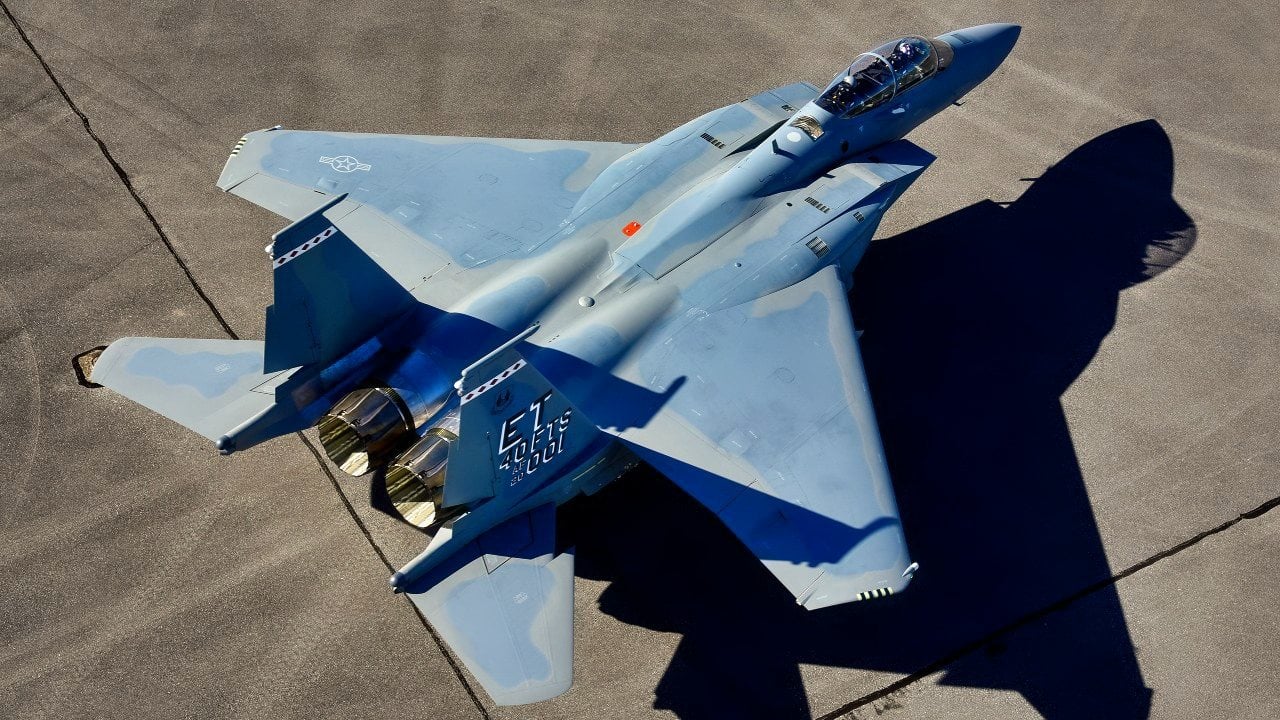
"My impression of the F-15EX after flying it for the first time was that it is an awesome, awesome aircraft," said 123rd Fighter Squadron pilot, Lt. Col. Joel "Thermo" Thesing. "The engines feel like they have a lot more power than the those in the C-model, and the radar and avionics are a generational improvement over the F-15C as well."
Boeing – which acquired the F-15's original make McDonnell Douglas – has said that the F-15EX can enable rapid technology insertion that will ensure the platform's relevance for decades to come. This will be accomplished via an Open Mission Systems Architecture, which can deliver Advanced Battle Management Systems (ABMS) capabilities, allowing the F-15EX to operate independently while isolated but also to reconnect to the global cloud.
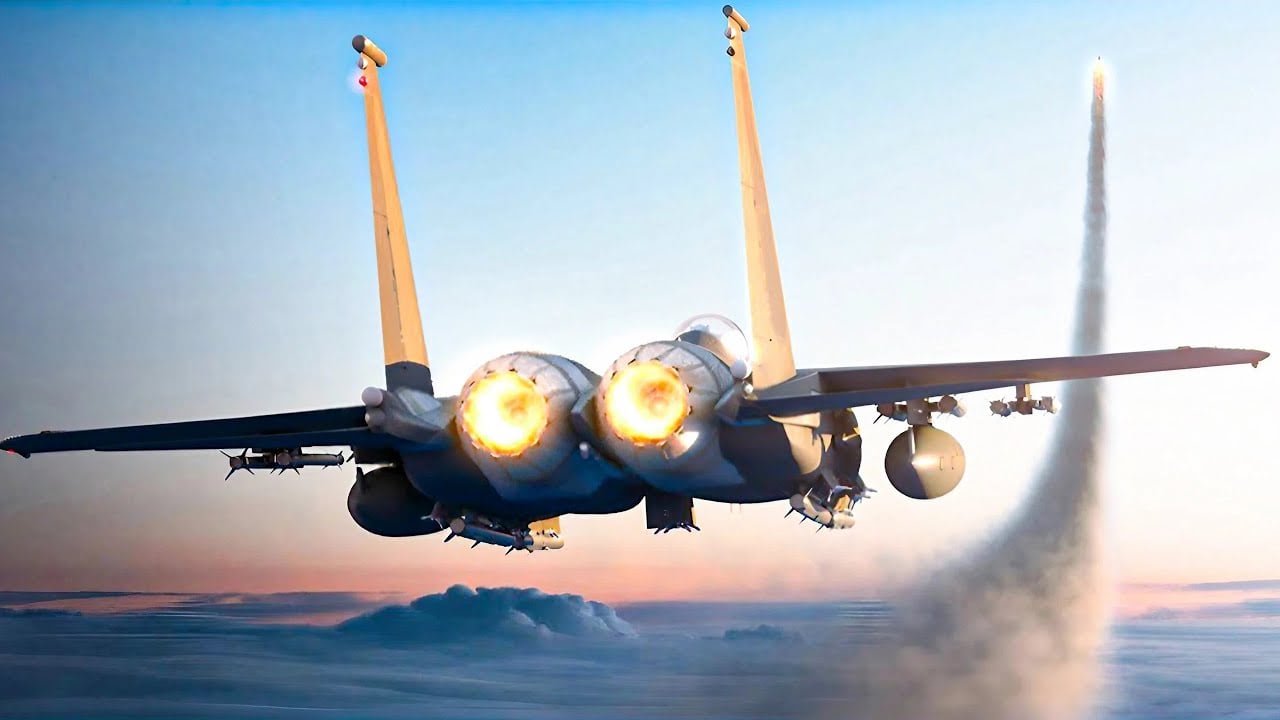
The Eagle II already offers some advanced features that are a marked difference from the original Eagle and even the F-15E Strike Eagle. This includes the fly-by-wire flight controls, the digital system that replaces the manual flight controls featured in the older model F-15s.
"Some of the advantages of a fly-by-wire system include reduced weight and enhanced aircraft maneuverability, but the system itself differs greatly from what C-model pilots are accustomed to," the Air Force explained.
The pilots training on the F-15EX at Eglin Air Force Base (AFB), Florida, are getting accustomed to the differences.
"The initial work will take a lot of studying and practice to get the basics of flying the aircraft down and learning its systems, and that process has a steep learning curve, and never really ends for as long as you're a pilot," added Thesing. "That being said, I look forward to when the focus can shift from how to fly the EX, to how to employ it tactically."
The F-15EX Eagle II Has a Cost Problem
The U.S. Air Force estimates that the F-15EX Eagle II shares around 70% of the parts with the current F-15Cs and F-15E Strike Eagles that it will be replacing. In addition, the original production lines in St. Louis are still in place, while the aircraft's training facilities, maintenance depots, and other infrastructure can also be readily shifted to F-15EX support.
Boeing has further claimed that the fighter will be easier to build and quicker to put into service, which could result in a platform that can be maintained over an equal number of Lockheed Martin F-35 Lightning IIs. However, the F-15EX isn't the bargain the Air Force may have expected.
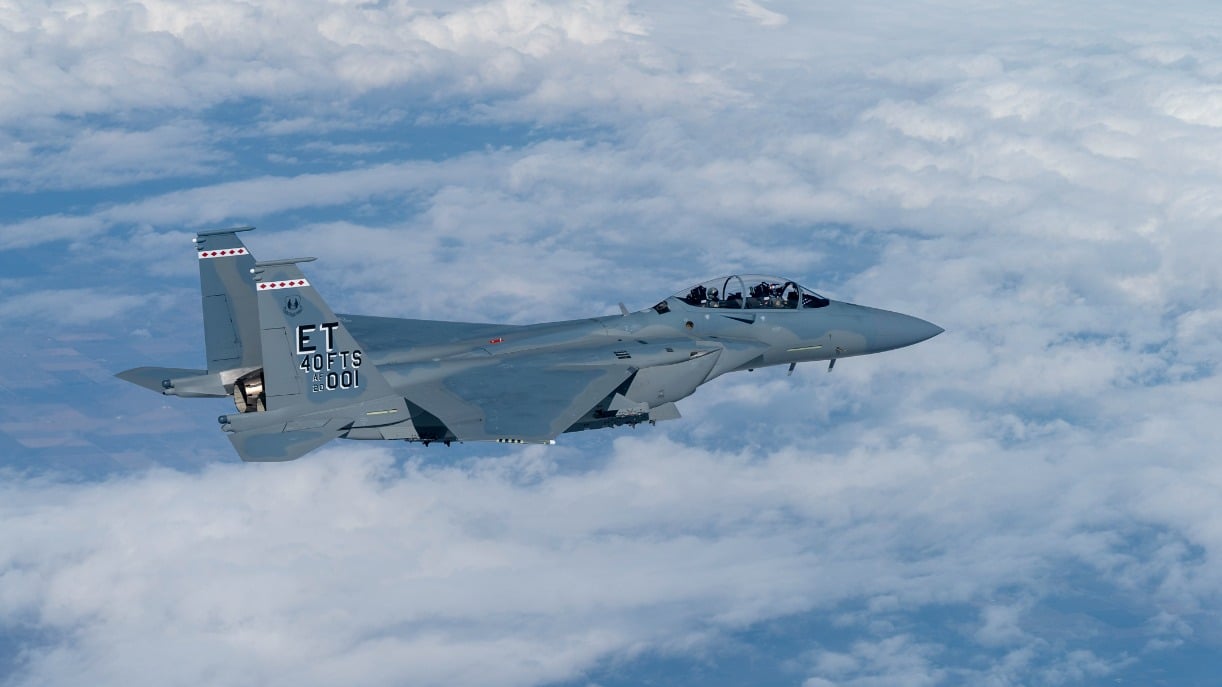
As Harrison Kass reported for The National Interest, the F-15EX's "price has steadily increased, surpassing even the F-35's costs. Initially projected to cost under $80 million per jet, the F-15EX's price rose to $90 million, then to $97 million by the fall of 2023. Inflation, workforce instability, and economic conditions have been cited as reasons for the cost hike."
Regardless of the cost, it is the aircraft that will soon be operating in the Pacific Northwest this year, before flying with Air Force pilots around the world.
Author Experience and Expertise: Peter Suciu, Defense Expert
Peter Suciu is a Michigan-based writer. He has contributed to more than four dozen magazines, newspapers, and websites with over 3,200 published pieces over a twenty-year career in journalism. He regularly writes about military hardware, firearms history, cybersecurity, politics, and international affairs. Peter is also a Contributing Writer for Forbes and Clearance Jobs. You can follow him on Twitter: @PeterSuciu. You can email the author: [email protected].
This has been updated to fix a coding issue.
